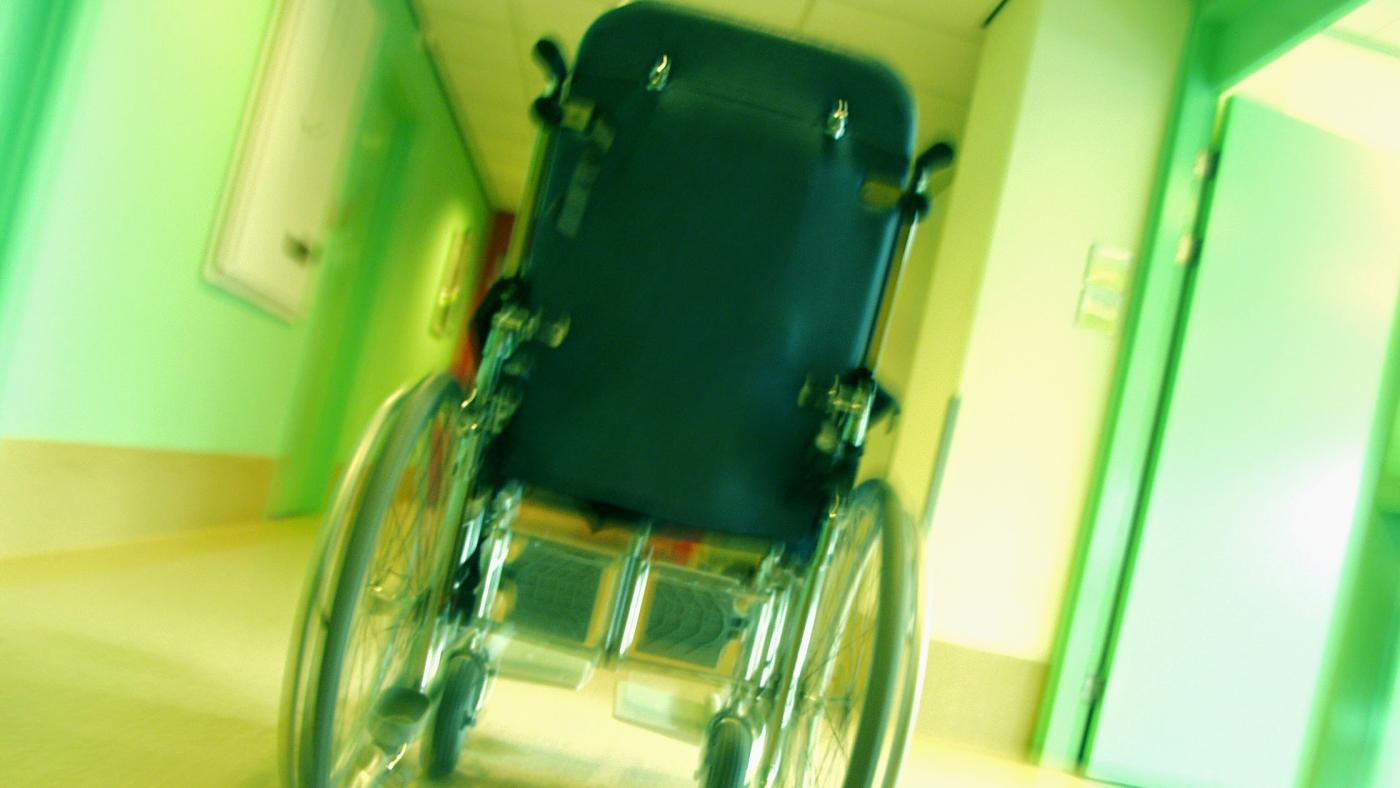According to the ECIO centre of expertise
One in five students 'hindered' in their studies

One in five students must face obstacles to studying, according to the 2025 National Student Survey (NSE), which was completed by approximately 260,000 students. The Expertise Centre for Inclusive Education (ECIO) highlights the results in a report. 22 per cent of the students from Utrecht who completed the survey are hindered. That's 2,171 students out of the 10,003.
Diverse
The problems vary greatly. These students often mention concentration problems, anxiety and stress as obstacles, but lack of money, transport, or the physical accessibility of their education can also keep students from thriving.
In the survey, students could also specify the “unusual circumstances” in their lives. Many of them say they have ADHD, dyslexia or dyscalculia. Autism and mental health issues are also mentioned relatively often. In addition, a large group has to contend with “family circumstances”.
According to this NSE, positive “obstacles” such as top-level sport or running their own business – which may also cause them to miss lectures and fall behind in their studies – are significantly less common.
Understanding
Only 65 per cent of respondents approach their programme to report such problems. Why don't the rest do so? 50 percent of them believe they do not need support despite the obstacles, but some students have too little confidence in their educational institution in this regard.
In addition, students do not always know where to go to ask their questions. For all the topics broken down by the ECIO (from compulsory attendance to financial worries), a small percentage of respondents say it is “very unclear” who they should talk to, and another 10-15 per cent say it is “unclear”. When it comes to concerns about money and housing, the percentage is even higher: around 25 per cent.
When asked whether their educational institutions understand these circumstances, over 60 per cent of respondents say they do, while 11 per cent said no. The rest are neutral. Students generally experience more understanding at small and medium-sized educational institutions than at large ones.
Accessible
The answers to these questions also depend on the circumstances themselves. 25 percent of students with a motor disability will find buildings difficult to access, while those with a visual impairment find websites, teaching materials and the digital environment less accessible.
Comments
We appreciate relevant and respectful responses. Responding to DUB can be done by logging into the site. You can do so by creating a DUB account or by using your Solis ID. Comments that do not comply with our game rules will be deleted. Please read our response policy before responding.